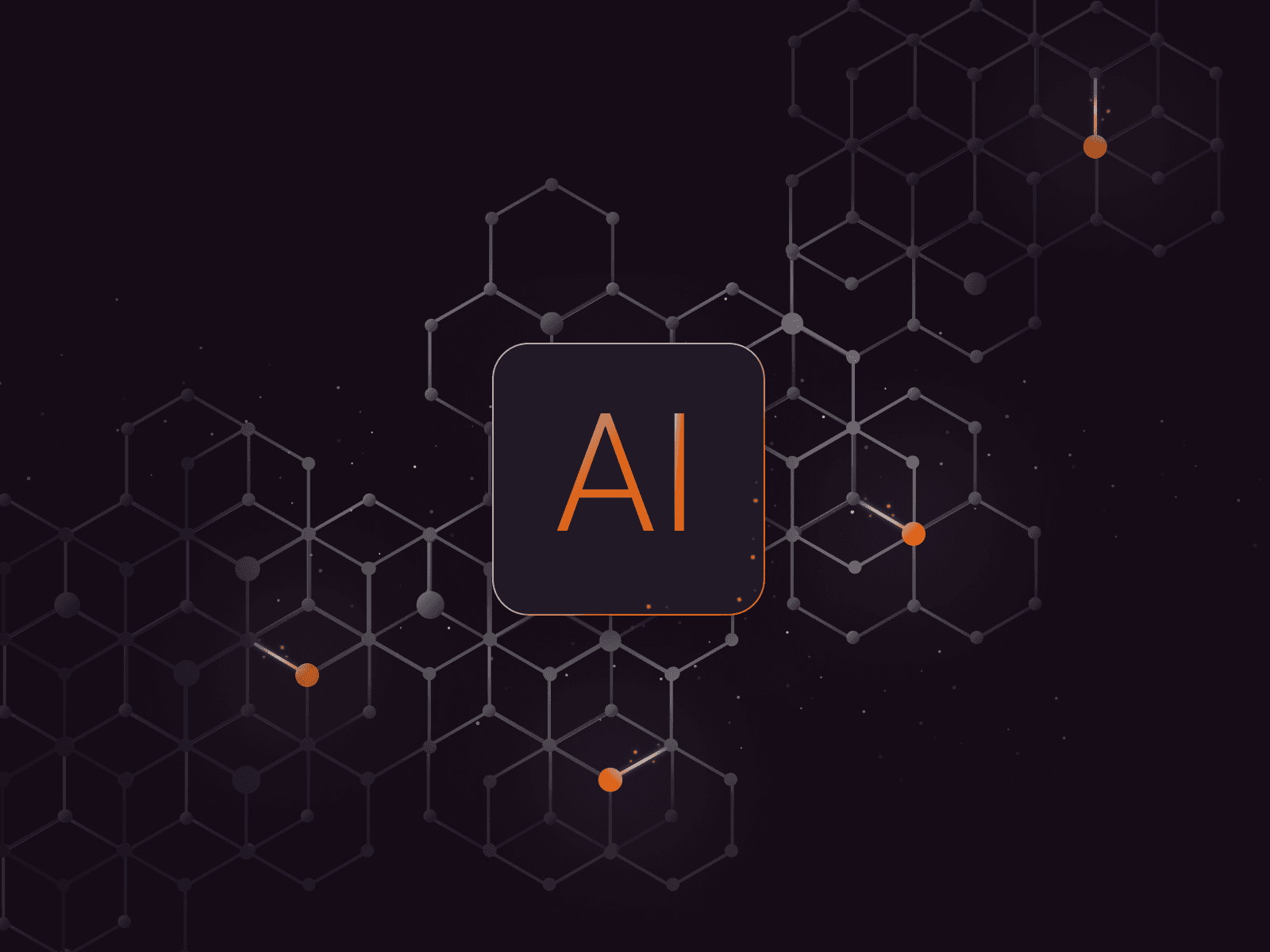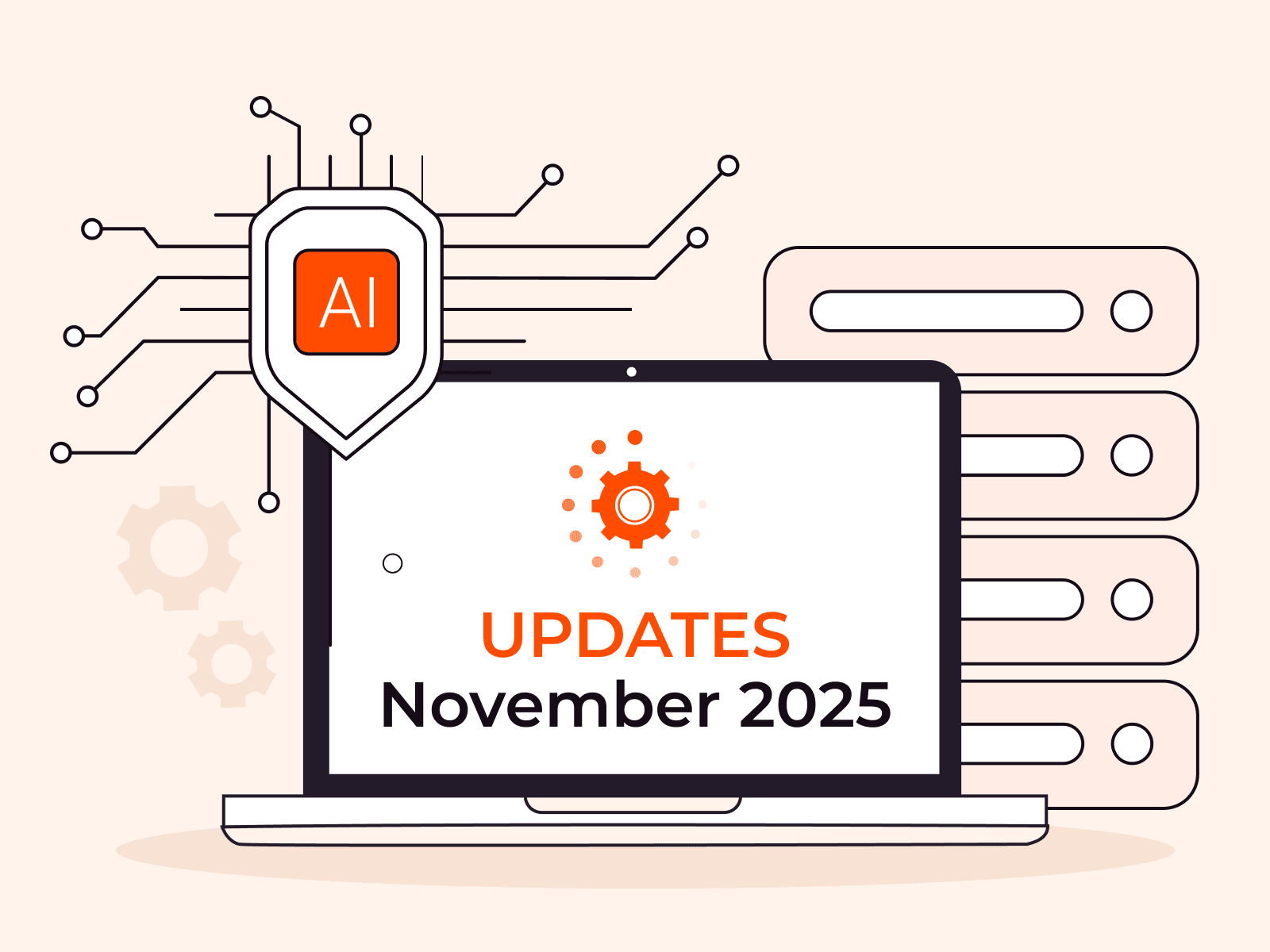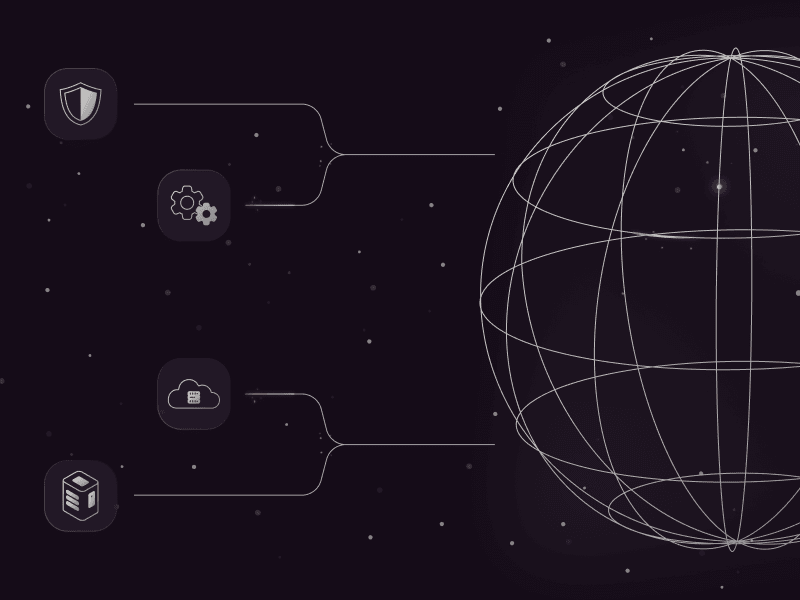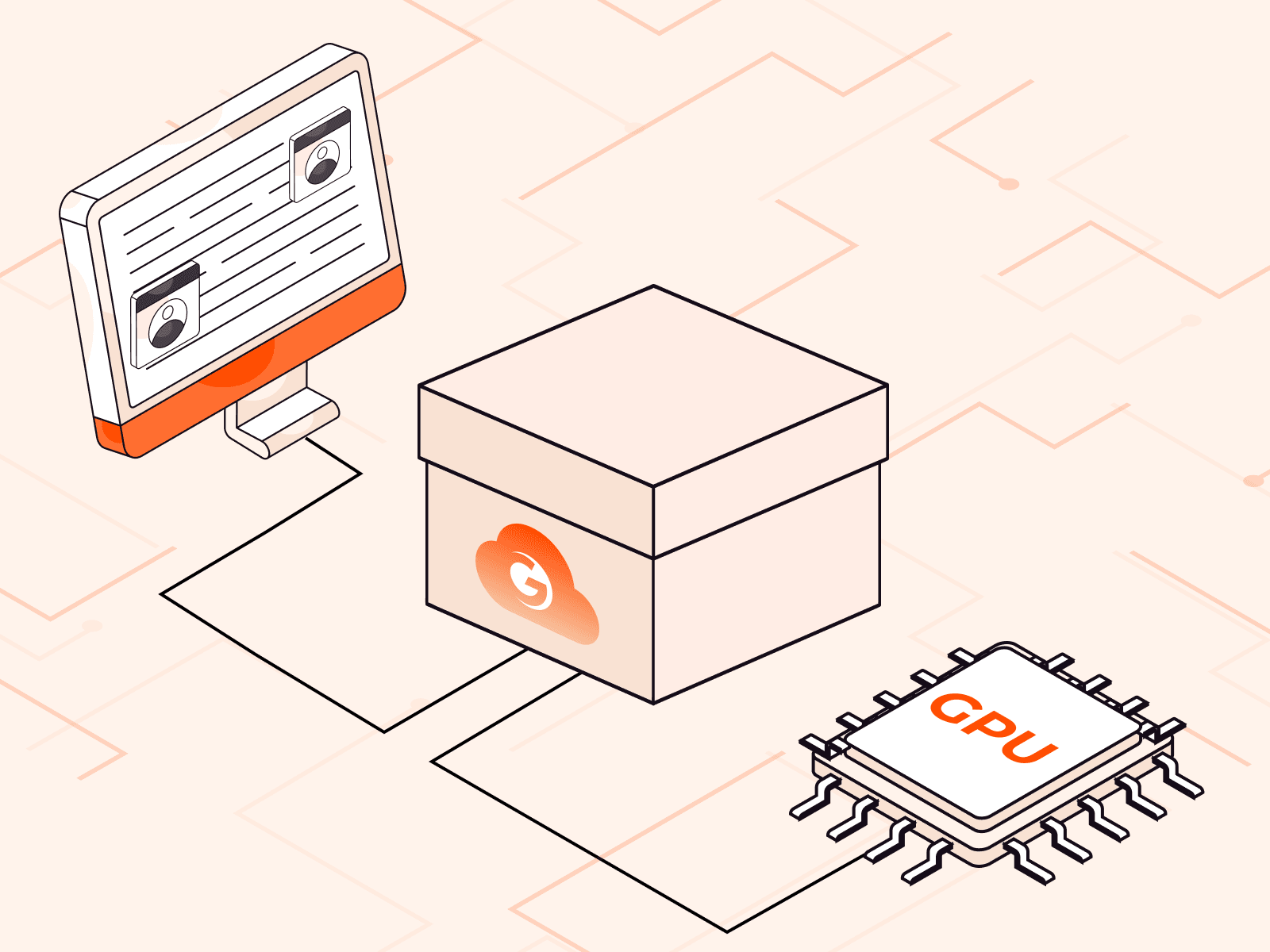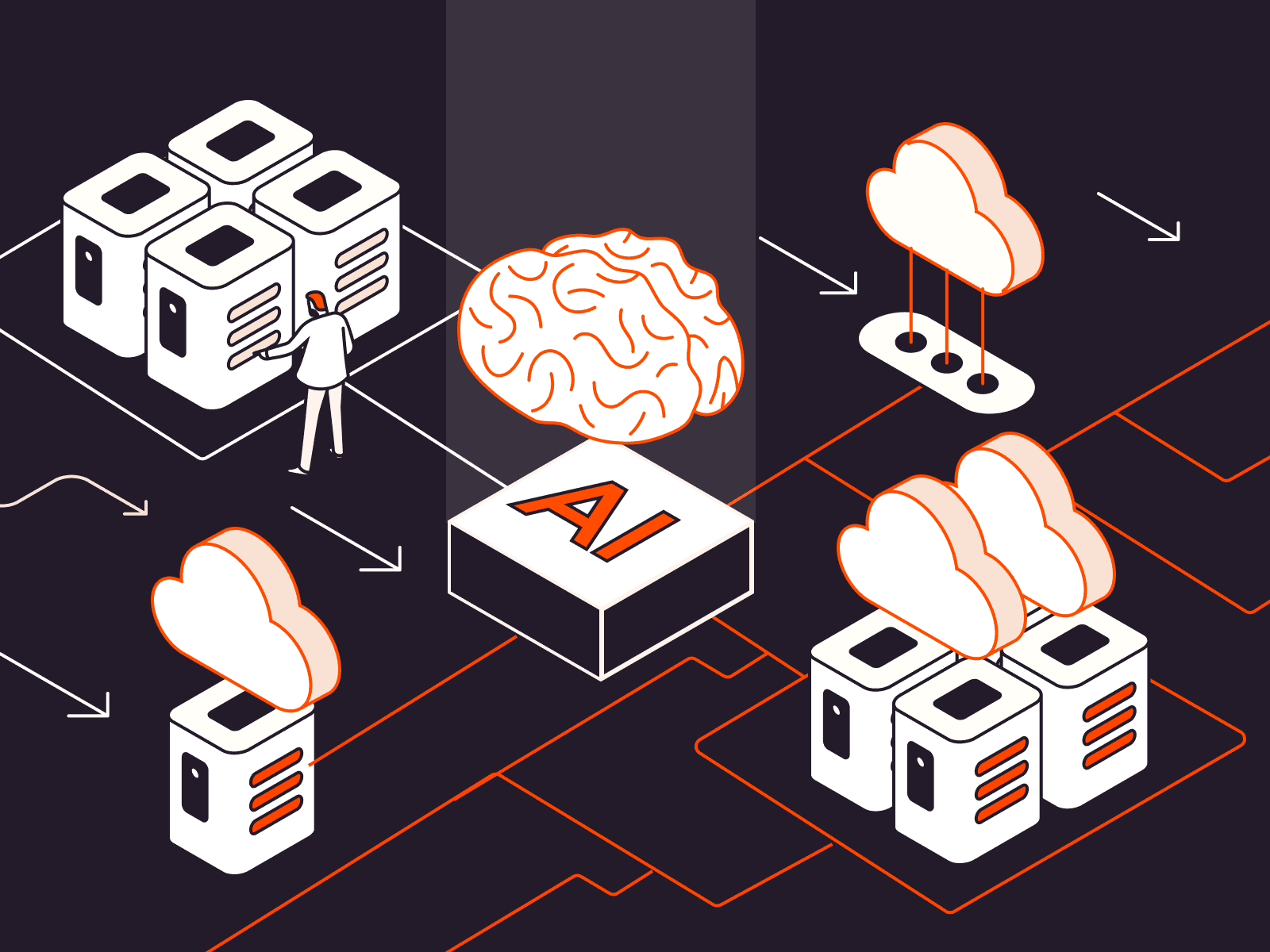Why DeepSeek’s AI breakthrough is a game-changer for businesses
- January 28, 2025
- 3 min read

The worldwide stock market was shaken by the latest AI evolution from China: DeepSeek. This emerging AI company has introduced DeepSeek-R1, an open-source large language model (LLM) that rivals industry leaders, such as OpenAI and Google, in performance and accessibility. Developed in just two months with a $5.6 million investment—a fraction of the billions spent by competitors like OpenAI— the arrival of DeepSeek-R1 has jolted the industry, raising questions about how businesses approach AI adoption.
For many companies leveraging AI, DeepSeek’s rise signals a shift that demands attention and strategic evaluation. In this article, we’ll explore DeepSeek’s emergence, unique value proposition, and implications for businesses across industries.
Why is DeepSeek disrupting the AI industry?
DeepSeek’s approach represents a fundamental shift in AI development. While most popular AI models rely on expensive and complex NVIDIA chips, DeepSeek trained its DeepSeek-R1 model using fewer, less sophisticated ones, delivering comparable performance at a fraction of the cost.
Here’s what sets DeepSeek apart:
- Open-source accessibility: DeepSeek-R1’s open-source nature is a game-changer, especially for startups and small-to-medium enterprises (SMEs). By offering a flexible and customizable model, DeepSeek lowers the barriers to entry for businesses exploring AI adoption.
- Performance and scalability: DeepSeek-R1 rivals the capabilities of some of the most advanced LLMs on the market. Its scalability ensures businesses can deploy it across various applications, from customer service chatbots to dynamic content creation, without sacrificing performance.
- Strategic localization: Its focus on the Chinese market and its growing global footprint cater to localized needs that other AI providers often overlook. This regional focus enhances its appeal to businesses operating in diverse markets.
Implications for businesses
DeepSeek’s rise is more than just a story of technological innovation—it’s changing how businesses use AI. Focusing on open-source solutions and adapting to local needs sets new expectations and encourages companies to think differently about integrating AI. This shift brings both exciting opportunities and challenges for businesses in various industries.
Opportunities
- Cost-effective AI integration: DeepSeek-R1’s open-source nature can significantly reduce barriers to entry for businesses exploring AI adoption. This democratization of AI levels the playing field and fosters innovation.
- Enhanced customization: While many LLMs allow customization, DeepSeek-R1’s open-source framework offers unparalleled flexibility. Businesses can fully modify the model to meet specific needs, such as industry-specific language processing or compliance requirements. This level of adaptability, combined with DeepSeek’s affordability, makes it a standout choice for startups and SMEs seeking cost-effective, tailored AI solutions.
- Competitive edge: Early adopters of DeepSeek’s technology can gain a strategic advantage by leveraging its advanced features, such as real-time natural language processing (NLP) for dynamic customer interactions, improved multilingual capabilities for global reach, and adaptive learning algorithms that fine-tune outputs based on user-specific data. These tools improve efficiency, enhance customer experiences, and streamline operational scalability.
Challenges
- Navigating a fragmented market: DeepSeek’s rise adds complexity to an already competitive AI landscape. Businesses must carefully evaluate their options to make sure they choose the best solution for their needs.
- Data privacy considerations: While open-source models offer transparency, they also require businesses to be aware of data security and compliance requirements, especially in regions with stringent regulations.
- Integration efforts: Adopting a new AI model often requires reconfiguring existing workflows and infrastructure, which can be resource-intensive.
How will the AI industry respond?
DeepSeek’s entry into the marketplace has sparked a critical question: how will established players in the AI industry adapt to this new competitor? Traditional industry leaders like OpenAI, Microsoft, and Google will likely accelerate their own innovations to maintain dominance. This could mean faster deployment of advanced AI models, increased investments in proprietary technologies, or even adopting open-source strategies to stay competitive.
Meanwhile, the growing popularity of open-source models might pressure bigger players to lower costs or improve accessibility for businesses. Collaboration with startups and regional AI developers could also become a focus as companies aim to diversify their offerings and tap into localized markets that DeepSeek is currently dominating.
For businesses relying on AI, the break-neck speed of change means that staying agile and exploring new opportunities is non-negotiable. The emphasis on transparency, affordability, and regional adaptation may redefine what companies look for in AI solutions, making it an exciting time for innovation and growth in the industry.
Driving innovative AI solutions
DeepSeek’s impact reminds us that the AI industry remains dynamic and unpredictable. By leveraging innovative solutions like DeepSeek-R1, businesses can unlock new possibilities and thrive in an increasingly AI-driven world.
Companies need trustworthy partners to navigate this dynamic environment as the AI landscape evolves. Gcore provides innovative AI solutions that enable businesses to stay competitive and evolve. With our platform’s scalable AI infrastructure and seamless deployment options, you can effectively and efficiently harness the power of AI.
Unlock the full potential of DeepSeek’s capabilities. Deploy it seamlessly with Gcore’s Everywhere Inference for scalable, low-latency AI.
Related articles
Subscribe to our newsletter
Get the latest industry trends, exclusive insights, and Gcore updates delivered straight to your inbox.

